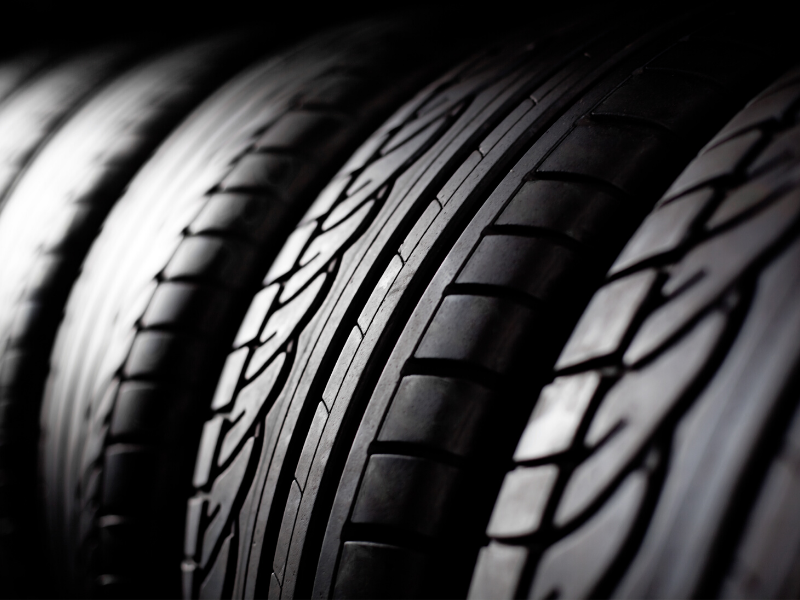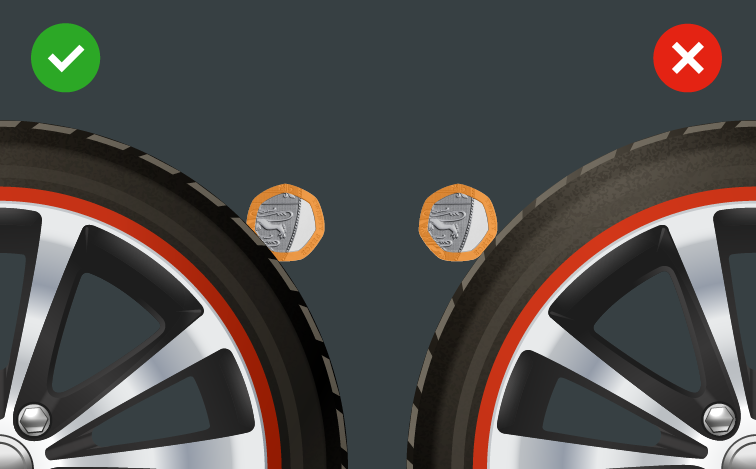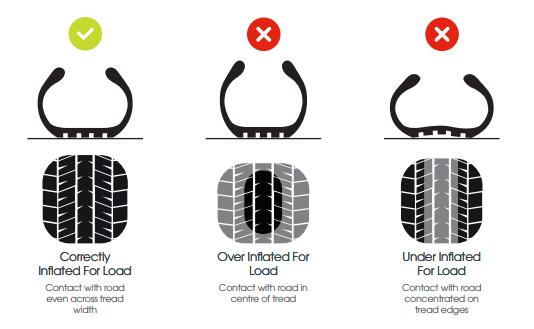Tyre wear is a physical fact. When a vehicle is moving, the tread of each of the tyres is constantly rubbing against the road surface. The increase in tread wear is directly related to the motorist’s driving style as well as other factors. The severity of wear depends on:
- the speed at which the vehicle is moving
- the surface condition of the road
- the wheel load
Depending on the driving style – economical or high performance – comparable tyres can yield mileage of anywhere between 3,000 and 25,000 miles*.
*Continental – “Tyre damage: causes and avoidances”


